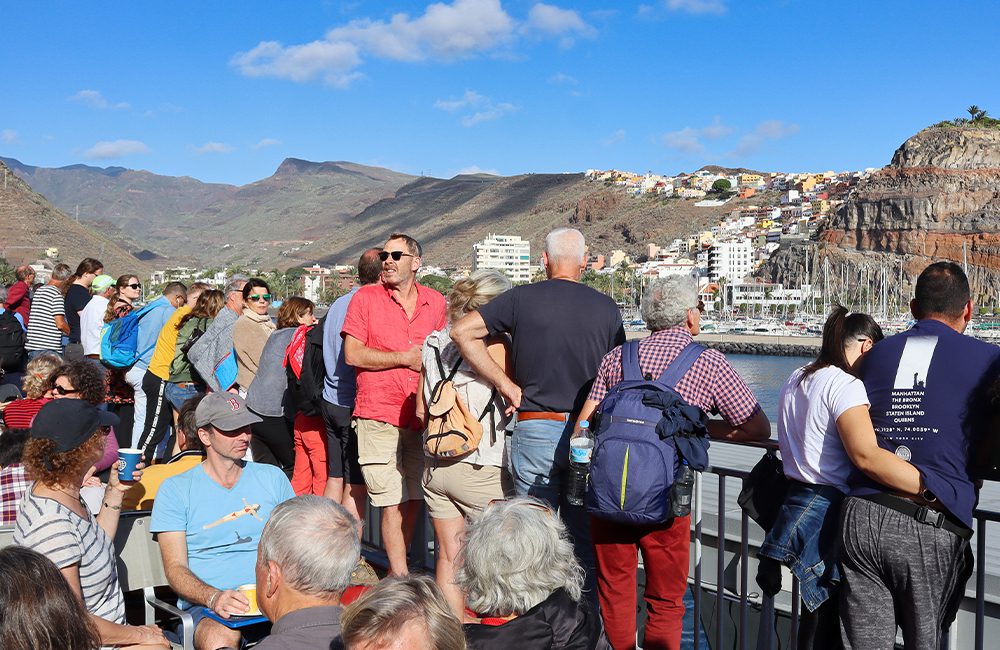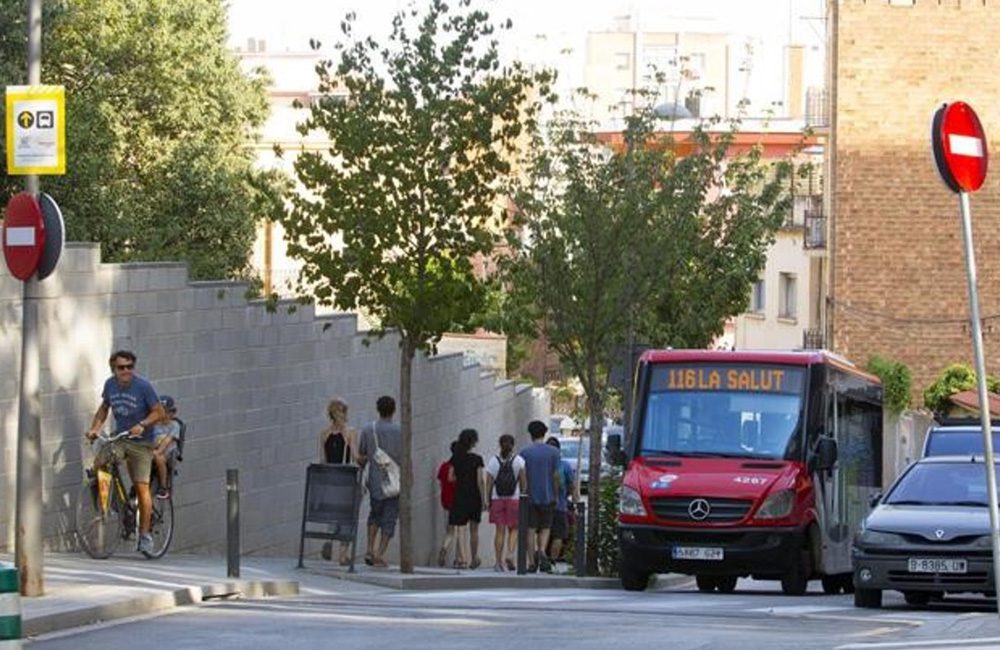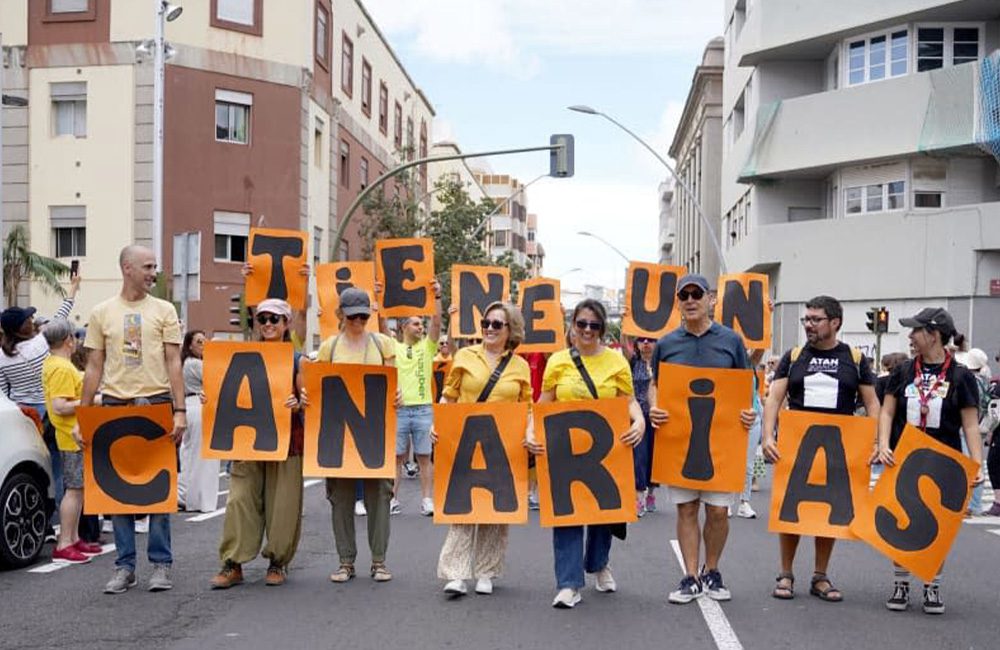In a striking display of local sentiment, tens of thousands of residents across Spain’s Canary Islands have taken to the streets, rallying against overtourism and a business model they argue is overburdening their picturesque archipelago.
The local demonstrators are calling for urgent limitations on tourist numbers and a halt to what they deem to be uncontrolled development, citing significant harm to the environment and the local communities.
Despite tourism’s critical role in the Canaries, generating 35 per cent of the local economy and accounting for 40 per cent of jobs according to 2023 statistics, locals argue the current model is unsustainable.
With a staggering 13.9 million visitors last year—nearly six times the resident population of 2.2 million—the industry’s overtourism impact is becoming increasingly palpable. Issues such as natural resource depletion and skyrocketing rental prices are pushing residents to the brink, prompting protests under banners like “People live here” and “We don’t want to see our island die.”
This movement comes against a backdrop of alarming statistics from the National Statistics Institute (INE), which revealed that 34 per cent of Canary Islanders were at risk of poverty or social exclusion in 2023, ranking as the second highest in Spain.
The escalating situation has even led activists in Tenerife to start a hunger strike last week to protest the relentless expansion of tourism developments.
Locals are not anti-tourism, only against overtourism

The concerns extend beyond economics, with environmental groups such as Greenpeace and WWF supporting the cause. Protesters have made clear that while they are not anti-tourism, they oppose the prevailing large-scale, profit-driven approach that, in their view, prioritises development over community well-being.
“The major problem is the model of massive tourism that has been entrenched for decades and is just destroying the island… and the life of the residents here,” Lydia Morales, a demonstrator in Santa Cruz de Tenerife, told the BBC.
Rosario Correa, Secretary of the ‘Salvar Chira-Soria’ platform, echoed this sentiment, telling Euronews, “We are against a model that has led us to the deterioration of our land and of our people because the profits and growth of tourism are not reflected in society.”
The protests have sparked a broader conversation about sustainable tourism, emphasising the need for models that consider environmental impacts like water shortages and reduce pressure on housing costs.
This call to action has resonated in other parts of Spain, including Barcelona, where local efforts to deter tourist overcrowding have seen unorthodox measures such as removing popular bus routes from online maps.
In Barcelona, residents of the La Salut neighbourhood, wearied by the tourist crowding on public transport, have successfully and remarkably campaigned to remove the number 116 bus route from Google and Apple Maps.

This bus route, which stops at the iconic Park Güell, was overwhelmed by tourist numbers, affecting the availability and convenience for local residents. “Before, the bus was so full even people with walking sticks couldn’t get on,” Luz López, a 75-year-old resident, told Spanish news site elDiario.es.
This innovative approach to managing tourist flows in Barcelona reflects a growing trend across Europe, where locals are increasingly asserting their right to quality of life in the face of mass tourism. “We laughed at the idea at first,” César Sánchez, a local activist, told the Guardian. “But we’re amazed that the measure has been so effective.”
As the Canary Islands and other tourist hotspots around Europe grapple with these challenges, the message from the locals is clear: sustainable tourism isn’t just preferable—it’s essential for their survival.






